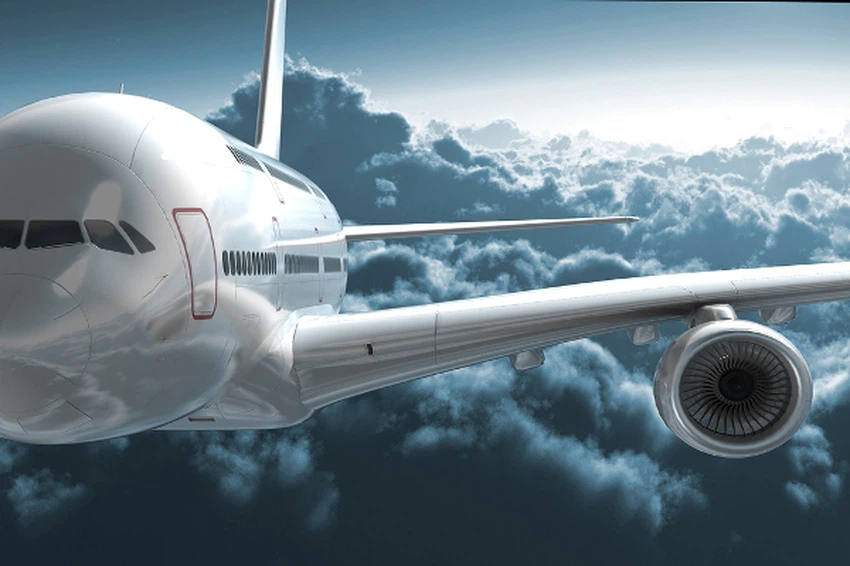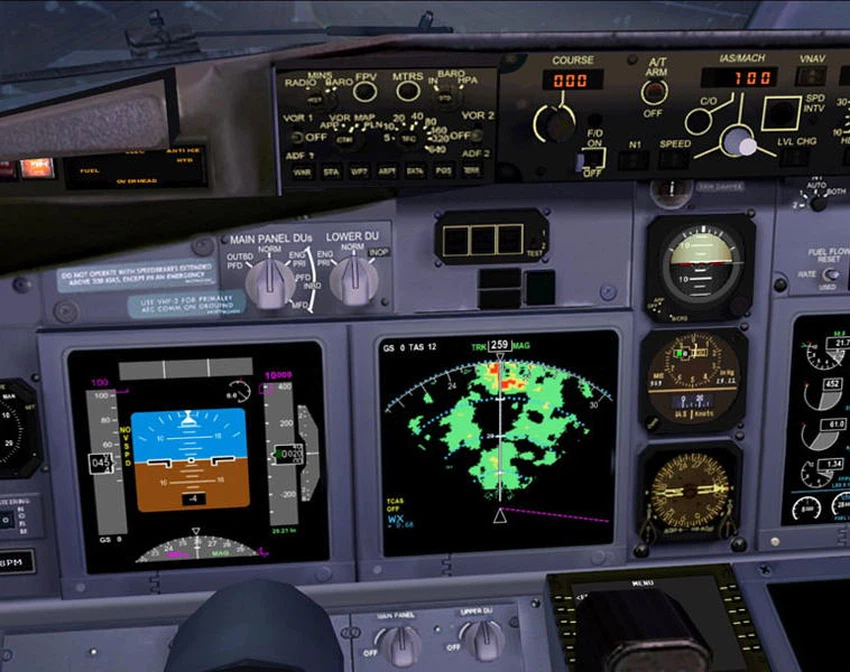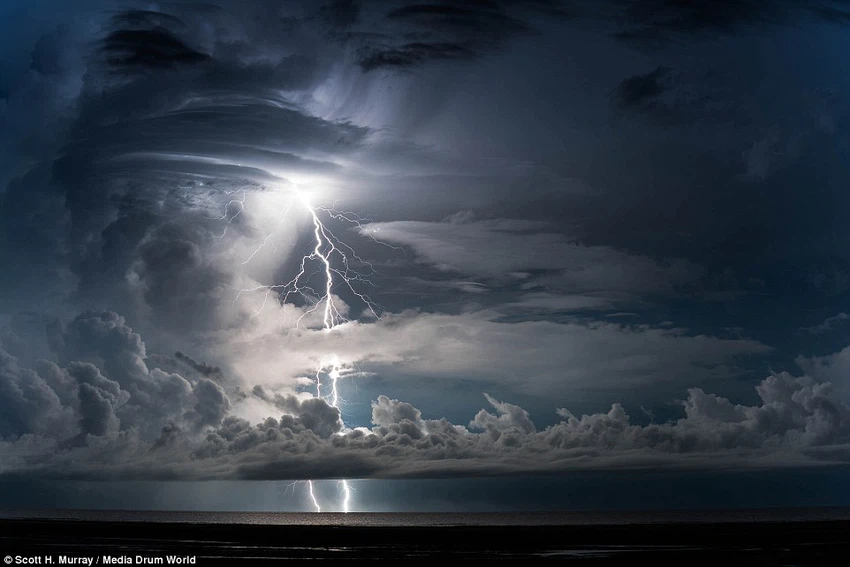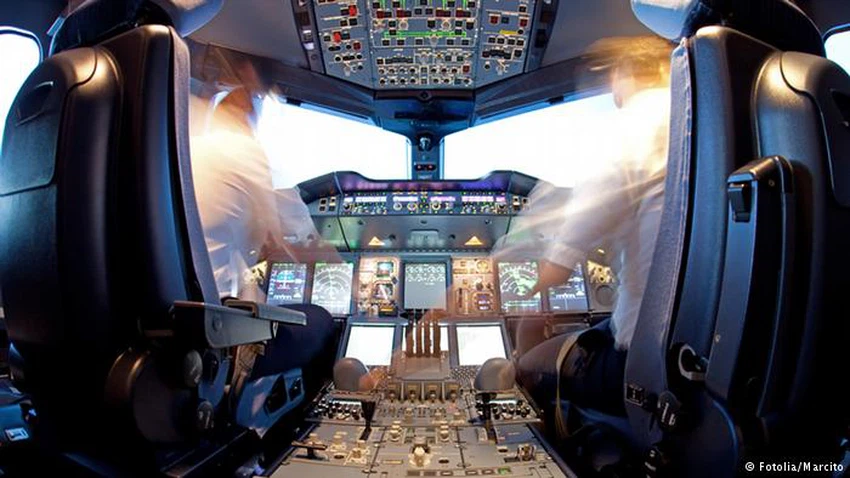Video and photos: Turbulence and climate change...a real danger that lurks in airplanes
Weather of Arabia - Sinan Khalaf - In order to relax, rest, and get away from the pressures of life, they flew far into the air on planes equipped with all means of luxury and comfort, unaware of the extent of the dangers that awaited them as a result of turbulence , which increased by 55% between the years 1979 AD and 2020 AD as a result of the change. Accelerated sieve.
What are turbulence:
Turbulence is a disturbance that occurs in the air mass through which the plane passes. These disturbances occur as a result of a sudden change in temperature outside the plane between rise and fall. Due to the difference in temperature, the density of the air changes, and there is a sudden change in the speed and direction of the wind, which produces concussions of varying intensity. In the fuselage.

Air turbulence is divided according to its severity into:
• Mild air turbulence: These turbulences cause slight vibrations, and pilots deal with them on a daily basis, and do not cause any danger to aviation.
• Moderate air turbulence: Pilots try to avoid getting into this type of turbulence, as although it does not pose any significant danger, it is considered a source of inconvenience to passengers, because of the moderate vibrations it causes.
Pilots learn about its presence before entering it from the weather radar located inside the cockpit, in addition to the weather forecasts that come to them immediately during the flight. Pilots deal with it by sometimes changing altitude, as well as reducing speed to reduce collisions with turbulent air.

• Severe air turbulence: These turbulence are characterized by their violence, strength, and extreme danger to aviation, and often occur as a result of strong cumulus thunderclouds. Aviation laws prevent pilots from entering into this type of turbulence, and if turbulence occurs suddenly, the pilot must exit it immediately, even if he is forced to. To return to where he came from, as happened with this trip, which was almost his last. Watch the attached video
Let us go into more detail to know the factors that cause air mass turbulence:
• Cumulus and thunderclouds: The heat resulting from the Earth’s surface causes the air to move vertically upward, and when the amount of air moving upward increases, the strength of the air turbulence increases. Cumulus clouds are usually saturated with water, which turns into cold with cold, and they contain high electrical charges, which is the sign of lightning. . The rapid rise and fall of the air causes disturbance in the air surrounding the clouds up to a distance of tens of kilometers.

• Mountains and highlands: When air passes close to the surface of the Earth, it collides with mountains and highlands, changing its direction upward and quickly, causing turbulence in the air surrounding the highlands.
• High-speed air currents “jet stream”: air currents that occur at high altitudes and at a speed of up to 300 km/hour. Due to the rotation of the Earth and differences in temperatures, the direction of the air changes, causing turbulence in the air.
• Air masses: The collision of cold air masses with hot air masses, which occurs at varying altitudes. The collision of cold and hot air fronts and their interference causes air turbulence.
• Air shear: Air shear is a difference in wind speed or direction between two points in a narrow air space. This difference may be vertical or horizontal, and it is similar to the friction that results from the contact of two bodies during their movement against each other.

Aviation problems caused by turbulence
• Difficulty flying the plane during take-off, landing, and low-flying, especially over mountainous areas, because any height the plane loses may lead to the plane colliding with the ground.
• Feeling extremely tired while flying for a long time in an area of turbulence due to the vigilance, caution, and effort made by the pilot to maintain the plane’s balance.
• Ice forms on aircraft in turbulence to a greater extent than outside of it due to the lowering of the temperature of the ascending air due to adiabatic cooling.
• Aircraft instrument readings cannot be relied upon due to the fluctuation of their indicators and the inaccurate readings they give.
• Cumulus clouds are full of deadly air shears that may cause the plane to crash.
• Turbulence is the sudden movement of the plane vertically up or down.
Arabia Weather App
Download the app to receive weather notifications and more..



